 To enhance service speed and avoid tariff delays, we've opened a US warehouse. All US orders ship directly from our US facility.
To enhance service speed and avoid tariff delays, we've opened a US warehouse. All US orders ship directly from our US facility.
| Cat. No. | Product Name | Field of Application | Chemical Structure |
|---|---|---|---|
| A1082 | Ensituximab-MMAE Featured |

|
|
| A1081 | Anetumab-MMAE Featured |
Anetumab-MMAE is an antibody-drug conjugate (ADC) (Anetumab antibody (HY-P99352), Linker: VC linker, Payload: MMAE (HY-15162)). Anetumab is an anti-mesothelin (MSLN) antibody.
More description
|

|
| A1080 | Talacotuzumab-MMAE Featured |

|
|
| DC8808 | BX 513 hydrochloride Featured |
BX-513 hydrochloride inhibits MIP-1α-induced intracellular calcium mobilization (IC50 = 2.5 μM).
More description
|
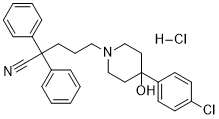
|
| DC8592 | Sivelestat (sodium salt hydrate) Featured |
Sivelestat(ONO5046; LY544349; EI546) is a competitive inhibitor of human neutrophil elastase(IC50 = 44 nM; Ki=200 nM); also inhibited leukocyte elastase obtained from rabbit, rat, hamster and mouse.
More description
|
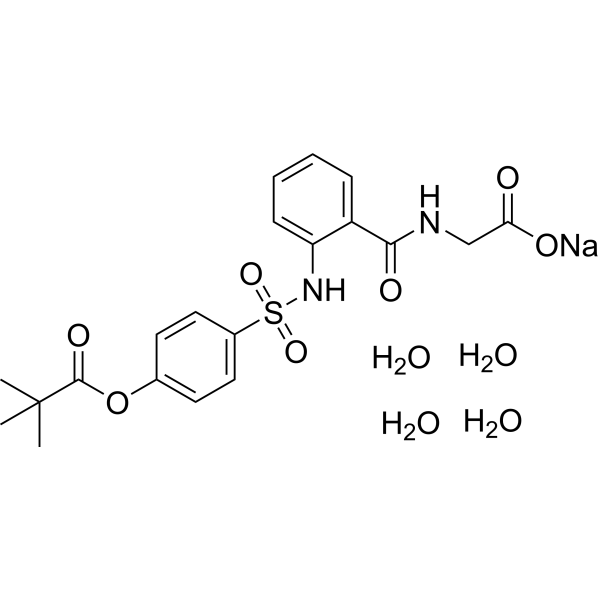
|
| DC25075 | Sivelestat sodium Featured |
A potent, specific and competitive inhibitor of human neutrophil elastase with IC50 of 44 nM.
More description
|
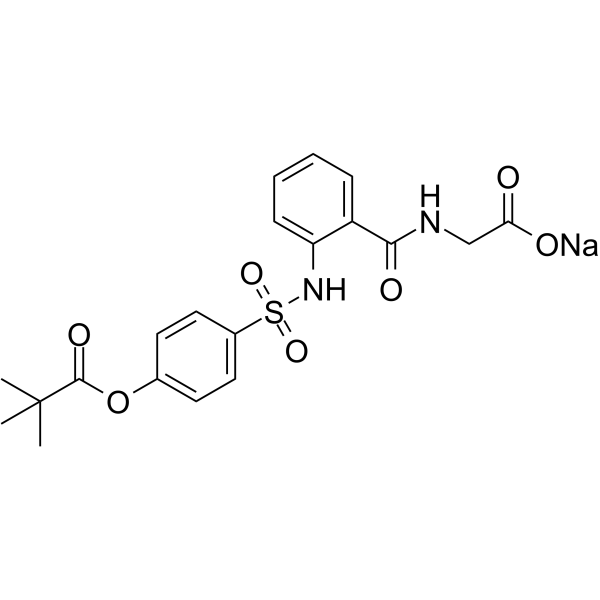
|
| DC60874 | SKPer1 (XMU-MP-8) Featured |
SKPer1 (XMU-MP-8) is a small-molecule degrader of SKP2 that triggers degradation of the oncoprotein SKP2 and specifically kills SKP2-expressing cancer cells.
More description
|
.jpg)
|
| A1079 | Lonigutamab-MMAE Featured |

|
|
| DC65455 | Telisotuzumab vedotin Featured |
Telisotuzumab vedotin (Teliso-V, ABBV-399) is an antibody-drug conjugate (ADC) composed of the anti–c-Met humanized monoclonal antibody coupled to the cytotoxic monomethyl auristatin E (MMAE) through a mc-val-cit-PABC type linker. Telisotuzumab vedotin can be used for research on advanced solid tumours.
More description
|

|
| DC65454 | Indusatumab Vedotin Featured |
Indusatumab vedotin (MLN-0264) is an antibody-drug conjugate (ADC) composed of an anti-human GUCY2C (Guanylate cyclase 2C) monoclonal antibody and a anti-mitotic cytotoxic agent, monomethyl auristatin E (MMAE).
More description
|

|
| A1078 | Glembatumumab vedotin Featured |
Glembatumumab vedotin (CDX-011) is an ADC comprising a fully human IgG2 monoclonal antibody (CR011) directed against glycoprotein NMB (GPNMB) and conjugated to the potent tubulinbinding cytotoxic agent MMAE via a protease-sensitive vc linker. Glembatumumab vedotin has potent anticancer effects.
More description
|

|
| A1077 | Ecromeximab-MMAE Featured |

|
|
| DC65464 | Farletuzumab-MMAE Featured |
Farletuzumab-MMAE is an antibody-drug conjugate (ADC) composed of humanized anti-human folate receptor-alpha (FRα) and the cytotoxic agent monomethyl auristatin (MMAE) via a MC-Vc linker. It has a potent antitumor activity.
More description
|

|
| A1076 | Mirvetuximab-MMAE Featured |

|
|
| A1075 | Rosopatamab-MMAE Featured |

|
|
| A1074 | Patritumab-MMAE Featured |

|
|
| A1073 | Trastuzumab vedotin Featured |
Trastuzumab vedotin (MRG002) is an anti-human epidermal growth factor receptor 2 (HER2) antibody-drug conjugate (ADC). Trastuzumab vedotin is composed of a humanized anti-HER2 antibody Trastuzumab (HY-P9907), an enzymatically cleavable peptide-linker Valine-citrulline, a tubulin inhibitor Monomethyl auristatin E (MMAE; HY-15162). Trastuzumab vedotin can be used for the research of HER2-positive breast cancer.
More description
|

|
| A1072 | Cetuximab-MMAE Featured |
Cetuximab-MMAE is an antibody-drug conjugate composed of a anti-EGFR monoclonal antibody and a cytotoxic tubulin polymerase inhibitor conjugated through MC-Vc-PAB (maleimidocaproyl-valine-citrulline-p-aminobenzoyloxycarbonyl) type linker.
More description
|

|
| A1071 | Carotuximab-MMAE Featured |

|
|
| A1070 | Ulocuplumab-MMAE Featured |

|
|
| A1069 | Tusamitamab-MMAE Featured |

|
|
| A1068 | Ladiratuzumab vedotin Featured |
Ladiratuzumab vedotin (SGN-LIV1A) is a LIV-1 targeting antibody drug conjugate (ADC) (IC50: 5.6 nM for LIV-1). Ladiratuzumab vedotin consists of humanized IgG1 monoclonal antibody, MMAE and a protease-cleavable linker. Ladiratuzumab vedotin can drive immunogenic cell death (ICD) to elicit an immune response. Ladiratuzumab vedotin can be used for research of breast cancer.
More description
|

|
| A1067 | Polatuzumab vedotin Featured |
Polatuzumab vedotin solution is an antibody-drug conjugate targeting CD79b. It contains a humanized anti-CD79b IgG1 monoclonal antibody linked to monomethyl auristatin E (MMAE), a potent microtubule inhibitor. The antibody portion is Polatuzumab (HY-P99042), and the drug-linker conjugate for ADC is VcMMAE (HY-15575). Polatuzumab vedotin solution has the potential for the research of Large B-cell lymphomas (LBCL).
More description
|

|
| A1066 | Girentuximab-MMAE Featured |

|
|
| A1065 | Tilvestamab-MMAE Featured |

|
|
| A1064 | Murlentamab-MMAE Featured |

|
|
| A1063 | Praluzatamab-MMAE Featured |

|
|
| A1062 | Anti-BSG2 / CD147 Reference Antibody (HcHAb18-DM1) Featured |

|
|
| DC72939 | KKL-55 Featured |
KKL-55 is a specific small molecule inhibitor of bacterial trans-translation by binding to longation factor thermo-unstable (EF-Tu, Kd=2 uM), inhibits binding between EF-Tu and tmRNA but not between EF-Tu and tRNA, has broad-spectrum antibiotic activity.
More description
|
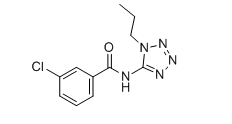
|
| DC76915 | 3-Epideoxycholic acid Featured |
3-Epideoxycholic acid is the microbial metabolite of Deoxycholic acid. 3-Epideoxycholic acid targets FXR of dendritic cells, reduces their immunostimulatory properties, promotes the generation of Treg cells, and exhibits anti-inflammatory activity. 3-Epideoxycholic acid promotes the growth of bacteria Bacteroides.
More description
|
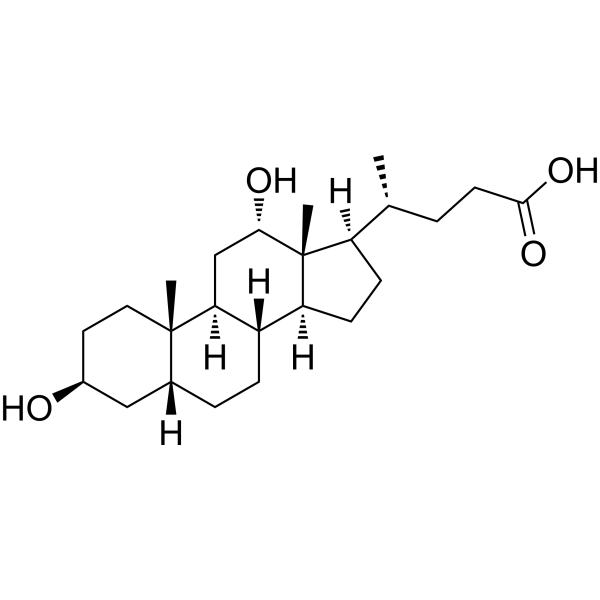
|